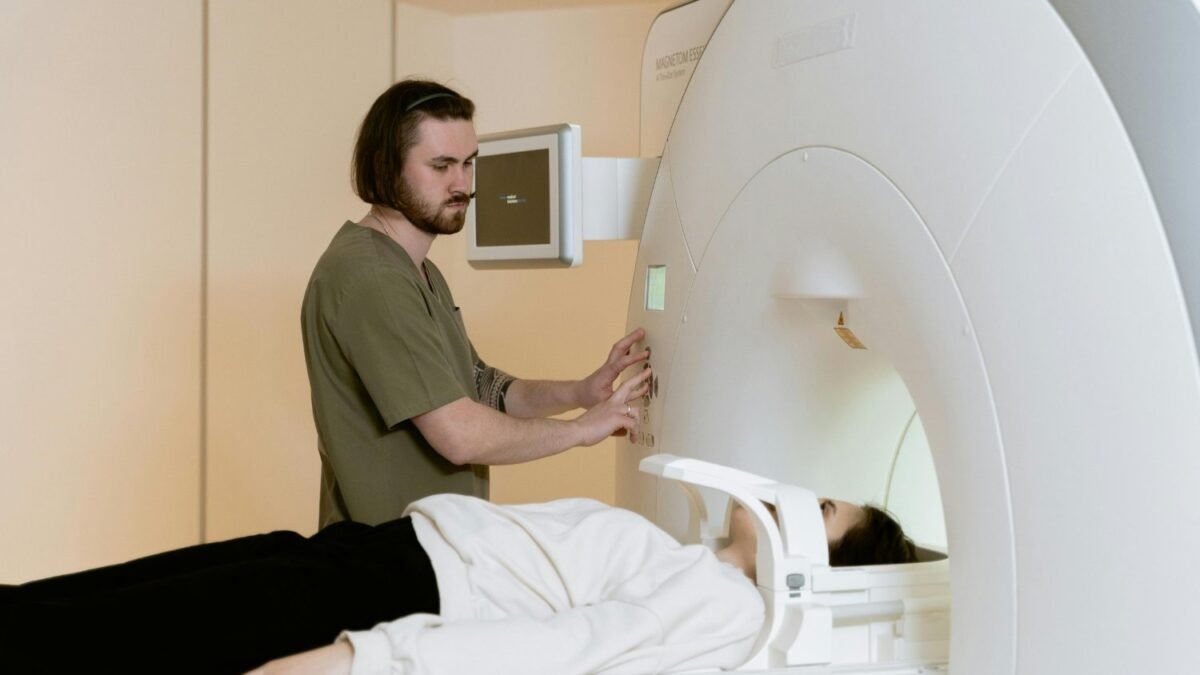The Unspoken Realities of Nuclear Waste Management: Tracing its Journey from Medical Facilities to Subterranean Repositories

Every time a light is turned on or someone undergoes radiotherapy, a small portion of a significant dilemma is created: radioactive waste. Where does it go? How is it stored? Are all types of radioactive waste equally hazardous? This article delves into how Spain handles these unseen yet vital wastes, from their origin to the efforts to secure a safe final destination.
Managing radioactive medical waste
When my grandfather Xoel received his strontium-89 treatment, he was benefiting from a highly effective cancer therapy, albeit one that could be equally dangerous if misused. Once its purpose is fulfilled, this material transforms into waste that cannot be disposed of in regular trash.

In such instances, the hospital temporarily stores the waste until Enresa—Spain’s radioactive waste management company—collects it. Subsequently, this and similar waste are transported to the El Cabril storage center in Córdoba using specialized transport.
At El Cabril, the waste is placed in 220-liter metal drums, containing both radioactive material and concrete. These drums are then encapsulated in 24-ton containers, sealed with cement, and stored in shielded cells. This system, operational since 1992, also accommodates waste from industries, mining activities, art sectors, all of which are of low intensity and do not generate heat, thereby decreasing in hazardousness over decades.
The biggest challenge: nuclear power plant waste
Spanish nuclear power plants produce significantly more hazardous waste. Periodically, they need to replace part of the fuel—uranium dioxide rods—post-use, emitting high radiation doses and remaining active for hundreds of thousands of years.
Initially, this fuel is cooled and safeguarded in pools within the plants. However, when these pools reach capacity, special containers are utilized outside the plants. This approach is also adopted in other countries.
An attempt to establish a centralized storage facility in Villar de Cañas (Cuenca) was made, but the project did not come to fruition. On the contrary, countries like the Netherlands have successfully operated similar centers for years.
A solution still pending in Spain
The only permanent solution for these highly hazardous wastes involves deep storage in stable geological formations, such as granites or clays, utilizing multiple protection layers. This concept has been under examination for decades, with designated sites already identified, although none are currently operational.
Despite this, Spain has yet to finalize a location. It is projected that around 2073, this facility could commence operations. Why the delay? The primary obstacle stems from the political and social challenges of locating a site that satisfies technical requirements and garners public acceptance.
It is noteworthy that between 20% and 25% of electricity in Spain has been derived from nuclear energy in the past two decades. While discussions on its utilization persist, the existing waste must be managed. Disregarding these wastes would impose an unjust burden on future generations.
Thanks to Sr-89, my grandfather Xoel is now recovered and enjoying life. However, that waste, like numerous others, still awaits a permanent resting place…
Source:





